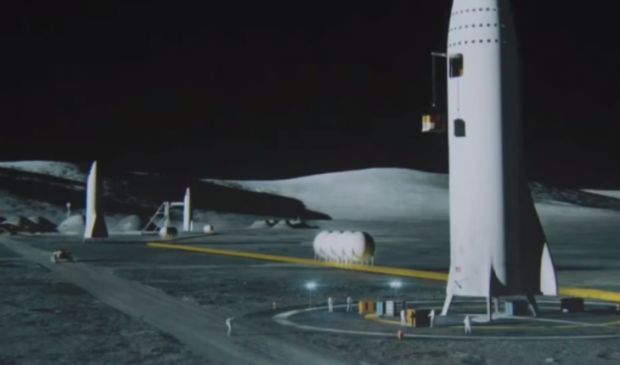
Breaking News
 Holy Awakening Gains Momentum As Biblical 'David' Film Soars At Box Office
Holy Awakening Gains Momentum As Biblical 'David' Film Soars At Box Office
 Trump Halts Five Wind Farms Off the East Coast – 'A major victory for American energy...'
Trump Halts Five Wind Farms Off the East Coast – 'A major victory for American energy...'
 CDC to end animal testing in groundbreaking decision that will impact hundreds of experiments
CDC to end animal testing in groundbreaking decision that will impact hundreds of experiments
 Once-thriving shopping mall in ailing Democrat-run city is eerily empty on last Sunday before...
Once-thriving shopping mall in ailing Democrat-run city is eerily empty on last Sunday before...
Top Tech News
 Perfect Aircrete, Kitchen Ingredients.
Perfect Aircrete, Kitchen Ingredients.
 Futuristic pixel-raising display lets you feel what's onscreen
Futuristic pixel-raising display lets you feel what's onscreen
 Cutting-Edge Facility Generates Pure Water and Hydrogen Fuel from Seawater for Mere Pennies
Cutting-Edge Facility Generates Pure Water and Hydrogen Fuel from Seawater for Mere Pennies
 This tiny dev board is packed with features for ambitious makers
This tiny dev board is packed with features for ambitious makers
 Scientists Discover Gel to Regrow Tooth Enamel
Scientists Discover Gel to Regrow Tooth Enamel
 Vitamin C and Dandelion Root Killing Cancer Cells -- as Former CDC Director Calls for COVID-19...
Vitamin C and Dandelion Root Killing Cancer Cells -- as Former CDC Director Calls for COVID-19...
 Galactic Brain: US firm plans space-based data centers, power grid to challenge China
Galactic Brain: US firm plans space-based data centers, power grid to challenge China
 A microbial cleanup for glyphosate just earned a patent. Here's why that matters
A microbial cleanup for glyphosate just earned a patent. Here's why that matters
 Japan Breaks Internet Speed Record with 5 Million Times Faster Data Transfer
Japan Breaks Internet Speed Record with 5 Million Times Faster Data Transfer
SpaceX BFR 150 Top Target should be Moon Colonization

Spacex BFR construction will start in 4 to 6 months.
would have bigger than Saturn V payloads plus the magic of reusuability. How reusable is of course the trick, but in the optimal case that Brian has written about, to quote Brian:
at $7 million the SpaceX BFR launch 150 tons would have less than a $50 per pound launch cost…
…can take 150 tons from Earth to the moon by using orbital refueling. Each reusable Spacex BFR could make 50 trips to and from the moon each year to get to 7500 tons delivered to the moon.
…Aggressive use of SpaceX reusable launch, focused robotics automation development could achieve the critical mass of moon-based industry within 2 years after the reusable Spacex BFR is fully operational. The planned date is about 2022 for the SpaceX BFR. So 40,000+ tons of lunar industry and robotics manufacturing could be available by 2024….
By 2025, there could be a fleet of 100 BFR. Each could be flying 10-50 times per year if there the market for launches can be grown with $40-200 per pound launch costs.
…The USA could triple that production and buy a separate fleet of 200 SpaceX BFR. If each cost $200 million, then it would cost $40 billion. This would be less than the planned spend for the Space Launch System which would have one or two flights per year. The USA could fly each BFR 50 times and get 10,000 launches per year. For $7 million each flight that would be $70 billion per year to operate at maximum capacity.

 Advanced Propulsion Resources Part 1 of 2
Advanced Propulsion Resources Part 1 of 2

